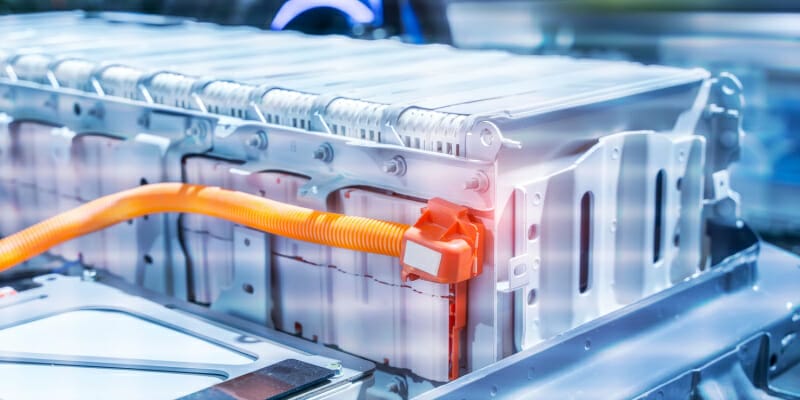- Home
- About us
- Products
- Dealer Enquiry
- Blog
- Contact Us
- Home
- About us
- Products
- Dealer Enquiry
- Contact Us
- 044 -2486 1994
- +91 99623 98222
- sales@nantech.in
- REQUEST A QUOTE

The battery is an essential component of an inverter system, and choosing the right battery for your inverter is crucial. Flat plate and tubular batteries are the two most common types of batteries used in inverters. Several factors, including the frequency of power failures, the budget, and the requirement of heavy-duty applications, can determine the difference between these two types of batteries.
If you are on the search for the best inverter battery dealers in Chennai, get in touch with Nantech Power Systems. We have all kinds of inverter batteries from A to Z. In this blog, we will discuss the key differences between flat plate batteries and tubular batteries to help you determine the best battery you need to choose to meet your requirements.
Flat plate batteries are lead-acid batteries recommended for places with frequent power shortages. They are cheap but have a lower lifespan (1-3 Years) compared to tubular batteries. They are best for places that require fast charging within low time. These batteries are unsuitable for heavy-duty equipment and are suggested for budget-conscious individuals with small homes. A flat plate battery has the following:
A tubular battery is an inverter battery that is ideal for areas that experience long and fewer power cuts. It is recommended for individuals who have big homes and do not have a budget restriction. This type of battery comes with a complex design and long lifespan (4-6 Years). It is best for long backup and heavy application usage. A tubular battery has the following:
Charge Cycles
At 80% depth of discharge (DOD), a flat battery typically has 50-1000 cycles, while a tubular battery has 800-1400 cycles. However, the number of charge cycles may vary depending on the manufacturer.
Float Current
In terms of maintenance, tubular batteries are favoured due to their low self-discharge rate and the high number of charge cycles, reducing the need for maintenance. Some batteries, such as gel tubular batteries, do not require maintenance.
Thermal Management
The design of tubular batteries allows for easier heat convection, making them more thermally efficient compared to flat plate batteries. This is also influenced by the amount of electrolyte in the battery, with taller tubular batteries having higher electrolyte volume and better thermal management properties.
Let us explore the pros and cons of both flat plate and tubular batteries.
Flat Plate Batteries
Pros
Cons
Tubular Batteries
Pros
Cons
Higher Cost: The biggest disadvantage of tubular batteries is their cost. They are more expensive than flat plate batteries, which may make them an unattractive option for some people.
In terms of performance, tubular batteries offer better performance compared to flat plate batteries, as they have a larger surface area and can deliver more power. Tubular batteries also have a better discharge rate, making them ideal for high-power applications. On the other hand, flat plate batteries are limited in their performance, and their output power decreases as the battery ages. Although they are budget-friendly, they offer limited performance and a short lifespan. But tubular batteries are a high-performance option, known for their long life, reliability, and ability to perform well in extreme conditions. If you require a continuous power supply and are willing to invest in a high-performance battery, then a tubular battery is the right choice. However, if you're budget conscious and need a power backup for a short duration, then a flat plate battery may be a good choice. Contact Nantech Power Systems, one of Chennai's best inverter battery dealers, if you are looking for high-quality tubular or flat-plate batteries.
Inverter Batteries: What Should You Know Before Getting One?
A Comprehensive Comparison Guide To SMF Batteries
Tips to know before recycling inverter UPS batteries
Modular UPS Versus Conventional UPS: Differences Decoded
Uncovering the Game-Changing Benefits of Modular UPS Systems
Maximising Inverter Battery Performance: Key Factors to Consider
Role of UPS Systems in Critical Industries